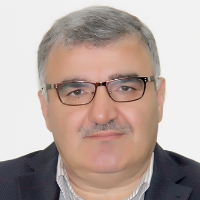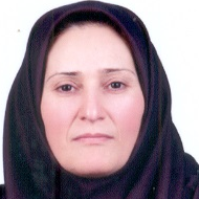The value of Persian Weaning Tool in Prediction of patients’ weaning outcome compared with Physician- directed approach: A Diagnostic Accuracy Study
One of the important criteria in patients receiving artificial respiration is the time of weaning from the mechanical ventilator. As physician’s decision might be somehow subjective, several tools have been suggested for prediction of the time of weaning more objectively. This study aimed to determine the predictive value of Persian Weaning Tool (PWT) compared with Physician- directed approach as the gold standard.
This diagnostic accuracy study was done in 2016-2017 in Two Medical and Educational Centers of Gorgan, Iran. 97 admitted patients in intensive care units, under mechanical ventilation were evaluated. The patients were recruited into the study by a convenience sampling method and evaluated for readiness to wean using two approaches (physician’s decision and using PWT). Successful weaning was considered as the ability of patient to breathe spontaneously during the first 48 hours after weaning. The sensitivity, specificity, positive predictive value (PPV), negative predictive value (NPV), positive likelihood ratio (PLR), and negative likelihood ratio (NLR), as well as the agreement (kappa coefficient) between the two approaches, were calculated. In addition, to compare the differences between variables in two groups, chi-Square, T and man-Whitney tests were used. All analyses were performed using SPSS software ver.16, and MedCalc program ver.13. P<0.05 was considered as statistically significant.
Most patients (64.9%) were men. The mean age, duration of hospital admission, and duration of mechanical ventilation of the participants were 46.49±18.15 years, 67.11±7.14 days, and 31.5±2.5 days, respectively. Weaning was successful in 87.6% of the patients. PWT had a significant agreement with the physician’s choice (kappa coefficient=0.637, P<0.001) with sensitivity, specificity, PPV, NPV, PLR, and NLR of 100%, 50%, 93.4%, 100%, 2, and 0, respectively. The cut-off level of 53 was considered as the best point to improve the diagnostic accuracy to 92.94%, 75%, 96.3%, 60%, 3.72, and 0.094, respectively.
Findings showed that PWT is an accurate tool for predicting the readiness of patients for weaning objectively. This tool can be used as a complementary approach by physicians and other care providers in intensive care units
- حق عضویت دریافتی صرف حمایت از نشریات عضو و نگهداری، تکمیل و توسعه مگیران میشود.
- پرداخت حق اشتراک و دانلود مقالات اجازه بازنشر آن در سایر رسانههای چاپی و دیجیتال را به کاربر نمیدهد.



